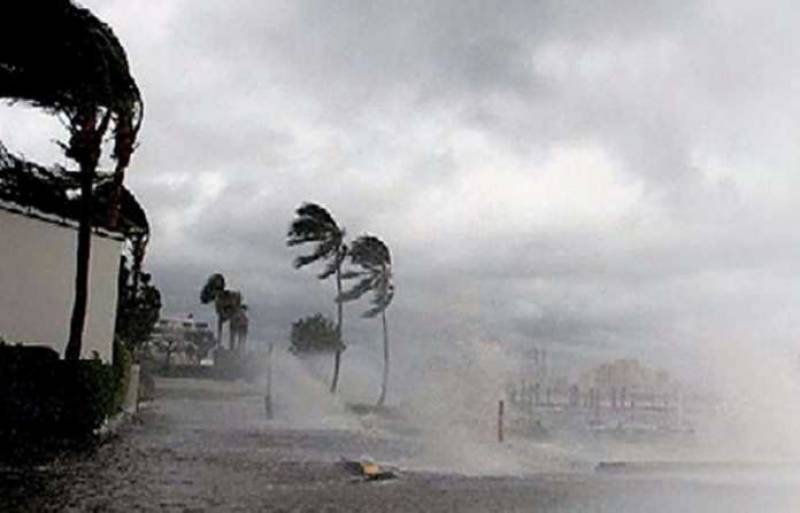Infrastructure in Pakistan’s coastal regions should be specifically planned to lessen the impact of tropical cyclones while keeping in mind their potential effects.

Infrastructure in Pakistan’s coastal regions should be specifically planned to lessen the impact of tropical cyclones while keeping in mind their potential effects.
This is crucial because, as a result of the effects of climate change, cyclone intensity and frequency are predicted to rise in the future, according to Dr. Ghulam Rasul, a former director general of the Pakistan Meteorological Department (PMD).
According to him, structures and infrastructure near the coast should be built to withstand winds of 200 to 300 kph as well as torrential rain and flooding.
Tropical cyclones primarily form in the Arabian Sea and the Bay of Bengal in South Asia, according to Dr. Rasul. Historically, there haven’t been many cyclones in the Arabian Sea in the last five to ten years.
However, similar to the situation in the Bay of Bengal, the number of cyclones in the Arabian Sea has been rising as a result of rising sea temperatures linked to climate change. Currently, the Arabian Sea only experiences one or two tropical cyclones per year.
The current Biparjoy cyclone, according to the ex-DG of PMD, is the result of low-pressure air forming over the sea’s surface and a sea surface temperature of about 26°C. In addition, it needs air to move upward at a speed of roughly 26 knots per hour. A tropical cyclone forms once the necessary conditions are met, and it gradually gets stronger as its circulation does.
Tropical cyclones, according to Dr. Rasul, are rated according to their intensity on a scale of 1 to 5, with 5 being the strongest.
He referred to a noteworthy occurrence in the Arabian Sea in 2007 involving Cyclone Gonu, a Category 5 tropical cyclone. The Arabian Sea‘s central region was the source of this cyclone, which made landfall in Oman and had a significant impact along the coastline.
The tropical cyclone Yemyin that struck Pakistan in 2007 and entered through Pasni was also mentioned by the speaker. It had an impact on Balochistan and had damaged a dam.
A tropical cyclone loses energy when it touches down on land and eventually dissipates over time.
Dr. Rasul emphasised that the Arabian Sea is a hotspot for tropical cyclone formation. Due to its slow movement, which enables it to gather more energy and intensify, the current cyclone’s prolonged duration can be attributed to this. He added that the affected region spans more than a thousand kilometres, causing widespread rainfall throughout Sindh province.
The coastal regions’ agricultural orchards, according to him, are a serious concern. Furthermore, there was expected to be a significant amount of precipitation in the Thar Desert, which had not seen rain for several months.